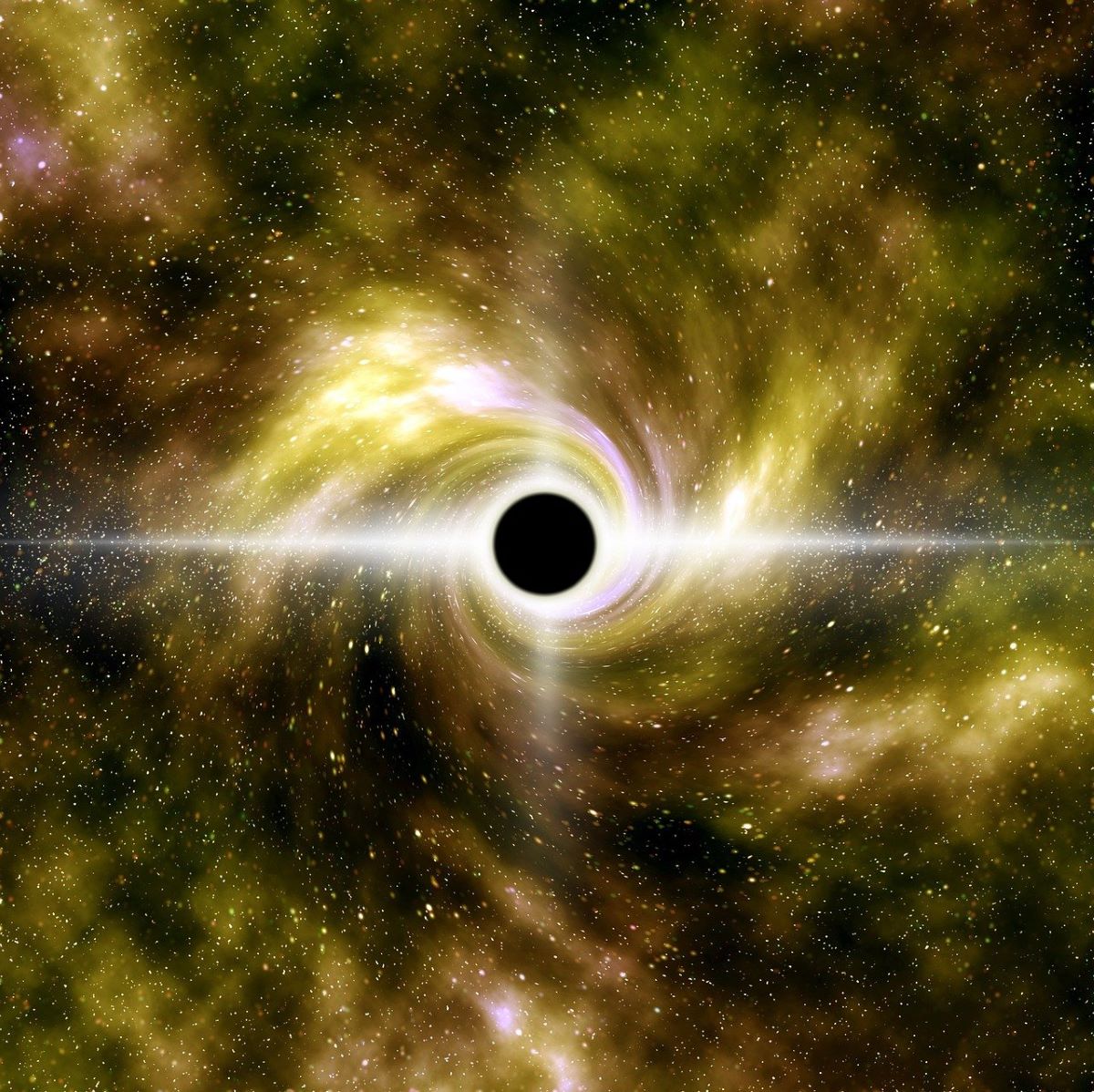Introduction
Black holes are one of the most exciting and mysterious cosmic phenomena in our universe. Black holes have always captured the imaginations of scientists and general people and have been a great topic of discussion, in this blog post we will dig into the fascinating world of black holes and will try to explore everything you need to know about these dark celestial objects. So, join me in this journey of uncovering the dark world of black holes.
1. So what are black holes??
So, if you were to ask me what is a black hole, I would say a black hole is a region in space where the gravitational pull is so intense that not even light can escape from its vicinity, this is the most basic and simple definition I could give to the black holes. Black holes are mostly formed from the remnants of a massive star that has gone through a supernova explosion. Where the star’s core collapses under its own gravity leading to the formation of a dense singularity surrounded by an event horizon (an event horizon is a boundary beyond which nothing can return).
2. Formation and Types
Understanding the formation and the types of black holes is of key importance in understanding the nature of these dark giants. There are generally two types of black holes: Steller black holes and supermassive black holes. Steller black holes are comparatively small and typically have masses of five to ten times the mass of our sun. supermassive black holes are generally found at the center of most of the galaxies and have mass million times maybe billion times more massive than the sun, scientist believes that these supermassive black holes are formed by eating other stars or merging themselves with other black holes or it is also possible that these black holes were formed by the collapse of supermassive star in the early universe.
3. Who discovered Blackholes and when was the first image of the blackhole was taken??
Blackholes were first theorized by the German physicist named Karl Schwarzschild in 1916, based on Einstein’s theory of general relativity. However, the concept of black holes gained widespread recognition through the work of John Michell and Pierre-Simon Laplace in the 18th century. The first real-time image of a black hole was captured by the Event Horizon Telescope on April 10, 2019, revealing the supermassive black hole at the center of galaxy M87.


4. Key Characteristics of a black hole
a. Event Horizon: The event horizon marks the point of no return. At the event horizon, the escape velocity of anybody is equal to the speed of light, and since the general theory of relativity states that nothing can travel faster than the speed of light, practically nothing around the event horizon can ever cross the boundary, you can simply call it the point of no return and this is what makes the black hole black and difficult to observe.
b. Singularity: At the center of every black hole lies the singularity, a singularity may be simply considered as the infinitely dense point where the gravity is thought to be infinite and space-time breaks down catastrophically. So, one can say that singularity by definition is no longer part of regular space-time.
5. Observing Black Holes
Directly observing black holes is a very difficult task due to their immense distance and lack of visible light. However, scientists and astronomers observe black holes by the effects that they create on the surrounding matter and use telescopes to detect X-rays and other radiation emitted by the heated matter as the superheated matter falls into the black hole. However recent advancements in the field of engineering and technology, have opened the doors of possibilities in observing the image of a black hole and have allowed us to capture the stunning images of the black hole unraveling the unknown dark world hidden in the heart of the universe.
6. The Role of Black Holes in the Universe
Black holes play a very important role in shaping the cosmos. They control the evolution of galaxies, as supermassive black holes at their centers can also impact star formation and galactic structures. Additionally, they create powerful gravitational forces that impact the orbits and movements of surrounding celestial bodies.
7. Black Holes and Time Travel
Time travel with the help of a black hole is the most intriguing topic of discussion among astronomers and science enthusiasts. However, the concept of time dilatation near the event horizon as predicted by Einstein’s theory of relativity explores the possibilities of traveling through space and time by using the immense gravitational effects of black holes. So, in layman’s terms, the gravity near the black hole is so strong that time runs slower near the black hole which opens the door to possibilities of time travel.
8. Theoretical Physics and Black Holes
Black holes continue to challenge our understanding of the universe. The study of black hole thermodynamics, Hawking radiation, and the information paradox are areas where theoretical physics meets the enigmatic nature of these cosmic entities.
9. Black Holes in Pop Culture
Throughout history, black holes have appeared in various forms in popular culture, often portrayed as mysterious gateways to other dimensions or time travel devices. While they spark creative storytelling, it’s essential to distinguish between scientific reality and fictional portrayals.
10. DID YOU KNOW?
- For now, scientists have discovered thousands of black holes, but NASA estimates that there could be millions and billions of them in space.
- Black holes don’t live forever; they slowly evaporate over a period of time through the phenomenon known as Hawking radiation.
- When two black holes collide, they don’t undergo destruction; instead, they merge, forming a larger and heavier black hole.
Conclusion
In conclusion, black holes remain mysterious cosmic wonders, that fascinate scientists and space enthusiasts. Despite decades of research, their mysteries of black holes persist, challenging our understanding of space, time, gravity, and the nature of reality. As we strive to unravel their secrets, the study of black holes promises to give us a glimpse of profound insights into the nature of the universe, ultimately reshaping our perception of reality and our place within it. The journey to understand these celestial phenomena is an ongoing and breathtaking quest that continues to inspire scientific exploration.

Great 👍
thank you
Great 👍 work
Thank you
[…] Black holes have captivated the imagination of scientists and stargazers alike for generations. These cosmic enigmas, particularly the smaller ones, have come into sharper focus since the historic detection of gravitational waves in 2015. These ripples in spacetime, caused by cataclysmic events like the collision of low-mass black hole pairs, have provided unprecedented insights into the dark, invisible world of black holes. […]
[…] helps us understand the universe better. It’s given us insights into black holes, the birth of stars, and the vastness of space. It’s like the science class of the […]
[…] nearly two decades, a group of astronomers watched a star circling a black hole at our galaxy’s core. Recently, the star moved so near that it experienced […]
[…] Black holes have immense gravity but won’t indiscriminately devour everything. Objects can orbit them safely if they remain outside the event horizon. […]
[…] Black holes, the enigmatic cosmic objects formed from the collapse of massive stars, possess immense gravitational pull. According to Einstein’s equations, gravity causes time to slow down near these gravitational behemoths. While entering a black hole is not a viable means of time travel (as one would be crushed by the intense gravitational forces), staying outside the event horizon could theoretically allow one to experience the future at a different pace than observers distant from the black hole’s gravitational field. […]